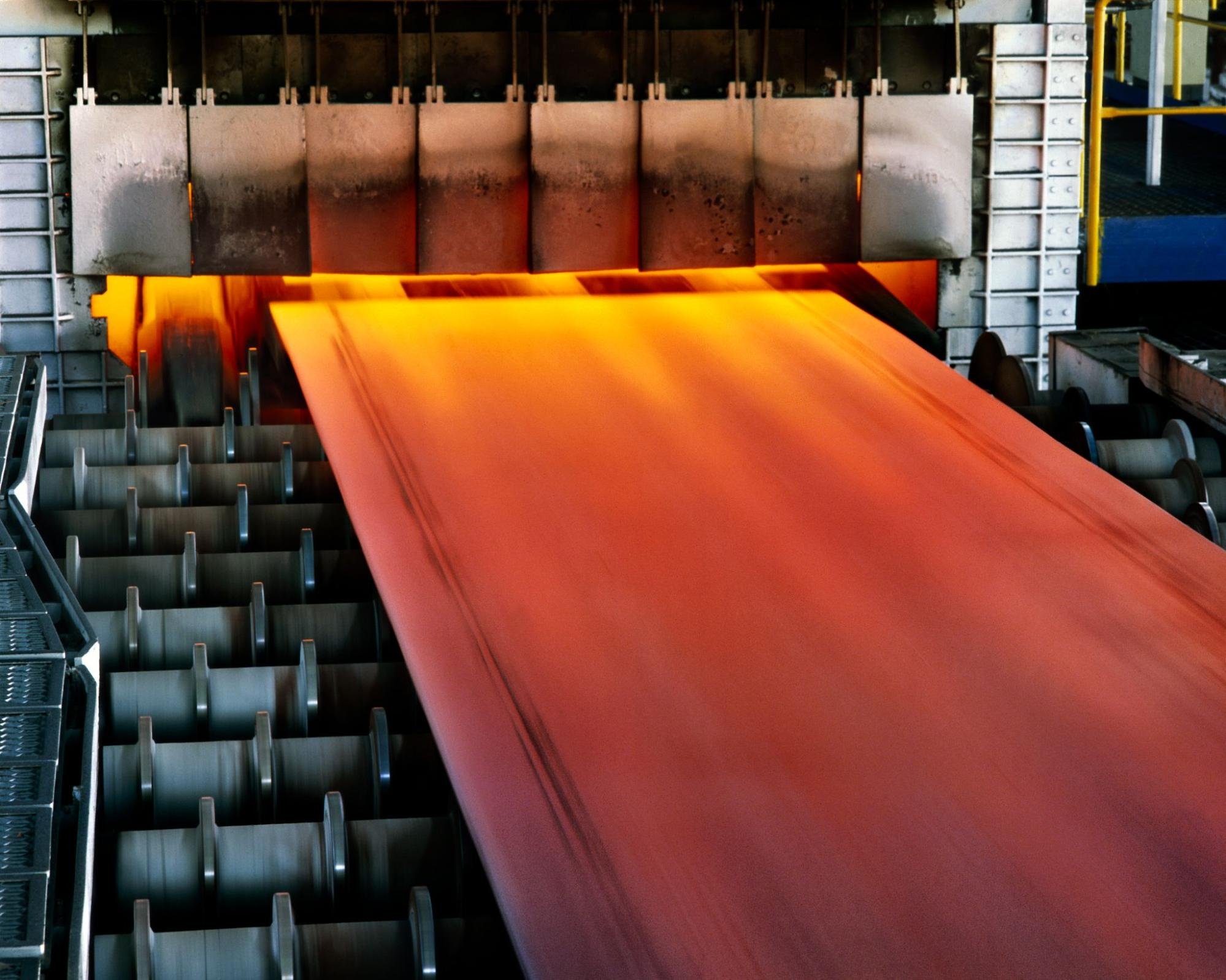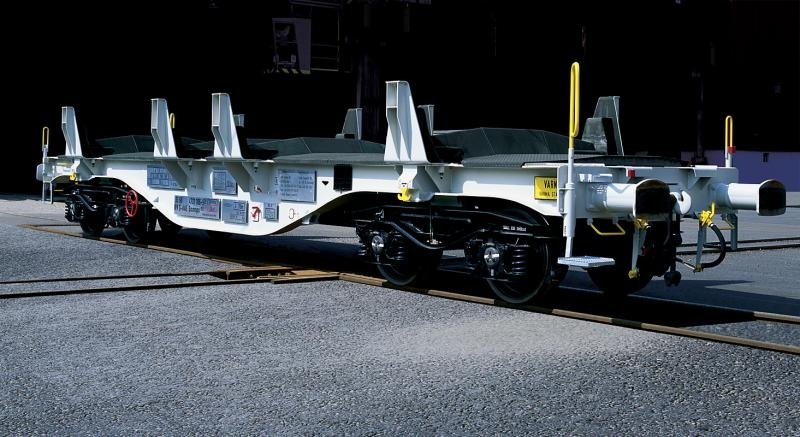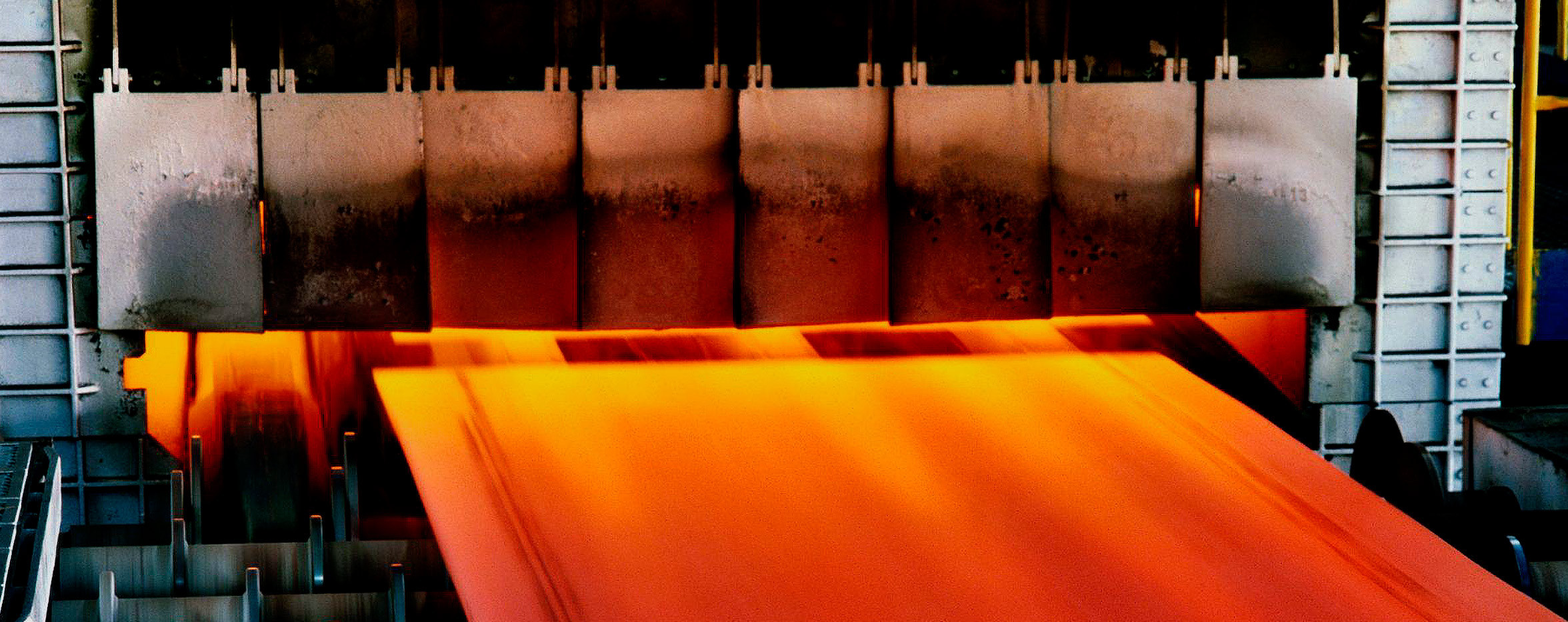These are thermomechanically rolled sheets with a fine-grained structure. Their quality, requirements for processing and properties are governed by regulation EN 10025-4. Common structural steel sheets according to EN 10025-4 are characterized by excellent weldability, strength and resistance. You can also use them for more demanding industrial or construction structures that are heavily stressed.
Need more information? Leave us your contact information and we will get back to you within 3 days.

Properties and use of ordinary structural steel sheets according to EN 10025-4
Fine-grained structural steel sheets stand out for their increased toughness especially at low temperatures (impact tests at −50 ℃), excellent weldability and mechanical strength, which is determined by the production process, specifically by thermomechanical rolling. It results in synergistic effects, such as increasing the strength of the material without losing toughness. Structural steel sheets, the technical requirements of which are specified by EN 10025-4, are suitable for bending, crimping, edging and cold edging.
Their properties guarantee efficient processability and offer a wide range of uses. Common structural steel sheets according to EN 10025-4 are suitable both for demanding steel constructions and as load-bearing elements. You will use them in heavily loaded parts of welded structures, for example in the construction of bridges, the production of pipelines or for storage or water tanks. They find their use in many industries.
Choose from a wide range of sizes. We supply sheets in the following dimensions:
- length: max. 18,000 mm,
- width: 1000-3200mm,
- thickness: 5-100 mm,
- weight: max. 12,500 kg.
The stated dimensions are only approximate. The resulting appearance depends on the combination of individual parameters and material specification. Upon agreement, we are able to produce sheet metal up to a length of 21,000 mm and a thickness of 200 mm. For more information contact us.

Equivalent marking of steels
| EN 10025-4 | EN 10113-3 | SEW 092 |
|---|---|---|
| Quality S275M | S275M | - |
| Quality S275ML | S275ML | - |
| Quality S355M | S355M | QStE 380 TM |
| Quality S355ML | S355ML | - |
| Quality S420M | S420M | QStE 420 TM |
| Quality S420ML | S420ML | - |
| Quality S460M | S460M | QStE 460 TM |
| Quality S460ML | S460ML | - |
Basic characteristics of individual qualities
| Steel brand | Minimum yield strength ReH2) [MPa] |
Strength limit Rm [MPa] |
Minimum ductility [%] |
Minimum impact work KV [°C/J] |
CEV max.1) | Thickness [mm] |
|---|---|---|---|---|---|---|
| S275M/1.8818 | 275 | 370-530 | 24 | −20/40 | 0.34 | 8-40 |
| S275ML/1.8819 | 275 | 370-530 | 24 | −50/27 | 0.34 | 8-40 |
| S355M/1.8823 | 355 | 470-630 | 22 | −20/40 | 0.39 | 8-40 |
| S355ML/1.8834 | 355 | 470-630 | 22 | −50/27 | 0.39 | 8-40 |
| S420M/1.8825 | 420 | 520-680 | 19 | −20/40 | 0.43 | 8-40 |
| S420ML/1.8836 | 420 | 520-680 | 19 | −50/27 | 0.43 | 8-40 |
| S460M/1.8827 | 460 | 540-720 | 17 | −20/40 | 0.45 | 8–303) |
| S460ML/1.8838 | 460 | 540-720 | 17 | −50/27 | 0.45 | 8–303) |
- Valid for thicknesses up to 63 mm, larger thicknesses according to the standard
- Valid for thicknesses up to 16 mm, larger thicknesses according to the standard
- Greater thickness up to 150 mm by agreement

